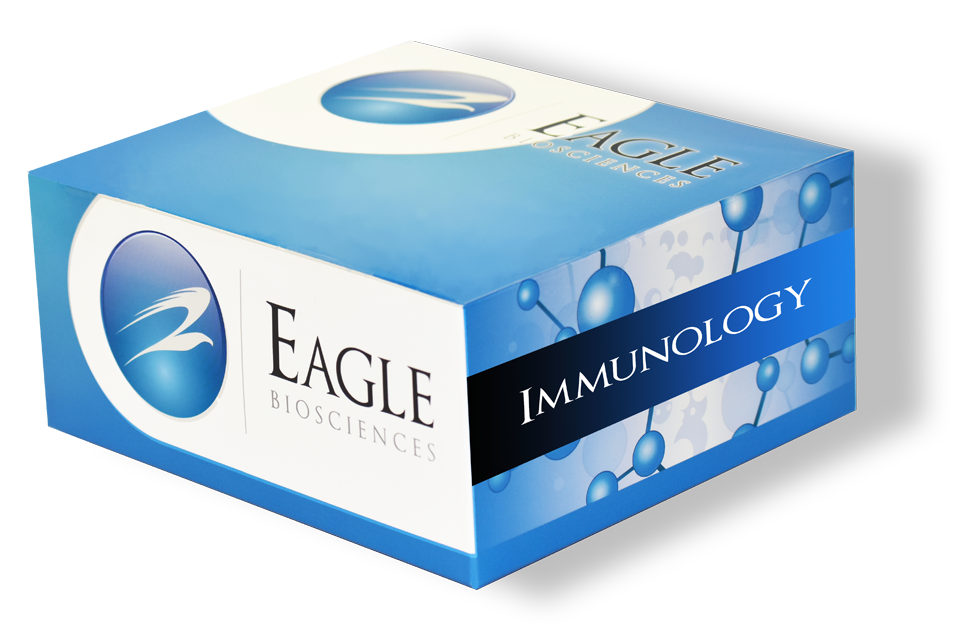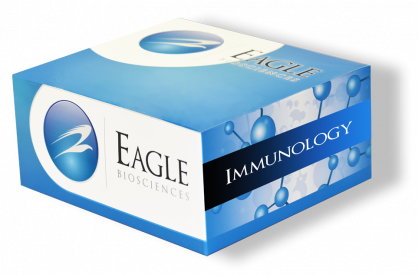Anti-Cardiolipin Screen ELISA Assay
The Anti-Cardiolipin Screen ELISA Assay is For Research Use Only
Size: 1×96 wells
Sensitivity: 0.08 AU/mL
Dynamic Range: 5 – 80 AU/ml
Incubation Time: 2.5 hour
Sample Type: Serum, Plasma
Sample Size: 10 µL
Controls Included
Assay Background
The first study on the anti-phospholipid antibodies began in 1906 when Wasserman introduced a serological test for syphilis. In 1942 it was discovered that the active component is a phospholipid called Cardiolipin. In the 1950’s it was observed that a large number of people appeared to be positive for syphilis tests but did not show any evidence of disease. Initially, the phenomenon was classified as a series of false positive syphilis tests, before a more accurate analysis revealed, for this group of patients, a high prevalence of autoimmune disorders including SLE and Sjögrens syndrome. The term lupus anticoagulant (LA), used for the first time in 1972, derives from experimental observations in which an increased risk of thrombosis was observed, paradoxically, with the presence of some anticoagulants factors; the term LA is not totally correct, in fact, the disease is present more frequently in patients without lupus and it is associated with thrombosis rather than to abnormal bleeding.
Some years later the role of a cofactor was investigated, the β2-glycoprotein I (apolipoprotein H) also called β2GPI, and its interactions with anionic phospholipids in human serum/plasma. This cofactor is a β-globulin with a molecular weight of 50 kDa that has a concentration of 200 μg / mL in plasma. The β2GPI is involved in the regulation of blood coagulation, inhibiting the intrinsic way. β2GPI in vivo is associated with negatively charged substances such as anionic phospholipids, heparin, and lipoproteins. The region that binds phospholipids is in its fifth domain. The acronym “aPL” (anti-phospholipid antibodies) indicates improperly antibodies directed against negatively charged phospholipids like Cardiolipin (CL), Phosphatidyl serine (PS) Phosphatidyl inositol (PI) and phosphatidic acid (PA); more correctly the term anti-phospholipid antibodies indicates those antibodies directed against the complex between β2GPI and anionic phospholipids that can bind to the fifth domain of β2GPI. Among these, the Cardiolipin is the most commonly used phospholipid as an antigen for determining the aPL by ELISA method. Diagnostic laboratories measure the antibodies directed against the complex between β2GPI and negatively charged phospholipids, as Phosphatidyl serine (PS) Phosphatidyl inositol (PI) and phosphatidic acid (PA). Some researchers suggest the use of PS instead of Cardiolipin in ELISA assays, for a more precise diagnosis.
Related Products
Anti-Cardiolipin IgG ELISA Assay
Anti-Cardiolipin IgM ELISA Assay
Product Developed and Manufactured in Italy by Diametra


